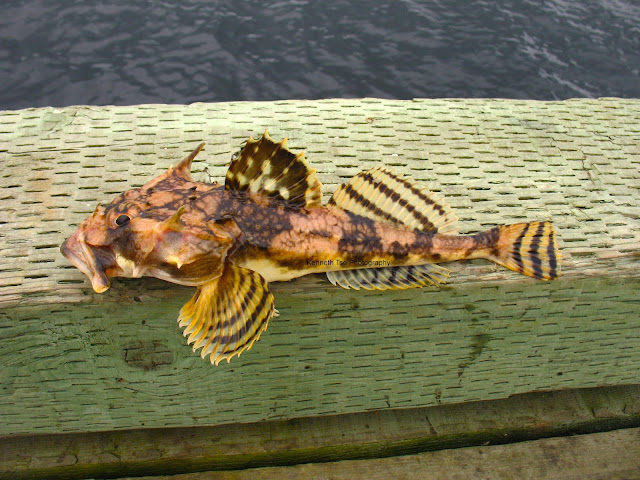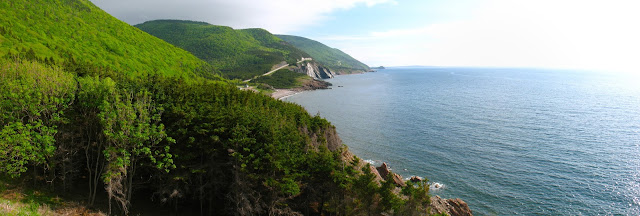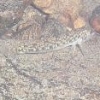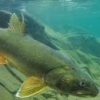My sister and I visited our 4 Maritime provinces between June 7-17, 2015. We spent most of the time camping and hiking in various national parks. I did, however, have a few sessions to fish for some Northwestern Atlantic saltwater species. I did not fish for any freshwater species at all since 1) a different freshwater license was required for each province while we do not require any license for tidal waters 2) most trout or salmon rivers have very strict regulations and some provinces requires visitor to hire a guide to fish freshwater streams (it's ludicrous!) and 3) most of what was available in freshwater species were already caught by me in other areas of North America so I simply was not interested based on 1 and 2 above.
I made a challenging but achievable goal to catch a new species from each province. In the end, I caught 7 new species and accomplished my goal!
Shorthorn Sculpin (Myoxocephalus scorpius) - Species #464 (Newfoundland)
Rock Gunnel (Pholis gunnellus) - Species #465 (Newfoundland)
Winter Flounder (Pseudopleuronectes americanus) - Species #466 (Prince Edward Island)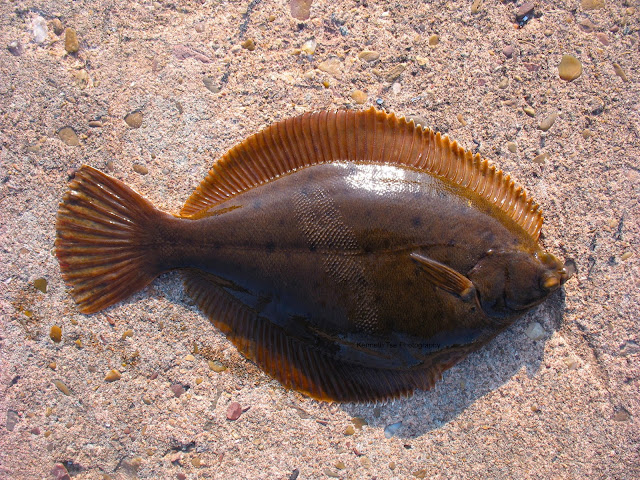
Blackspotted Stickleback (Gasterosteus wheatlandi) - Species #467 (Prince Edward Island)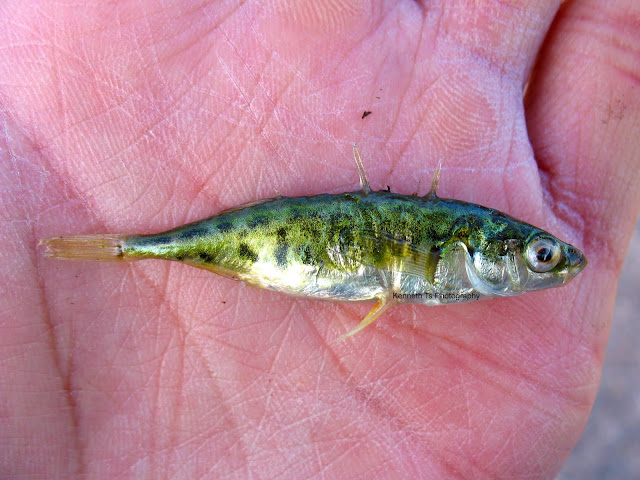
Three-spined Stickleback (Gasterosteus aculeatus) - Species #468 (Prince Edward Island)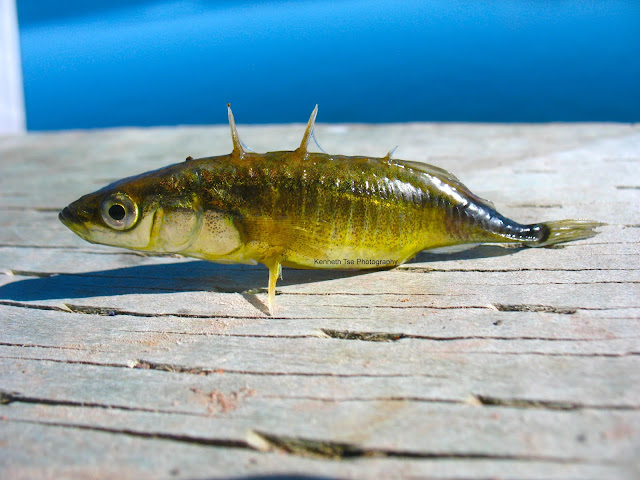
Atlantic Tomcod (Microgadus tomcod) - Species #469 (New Brunswick)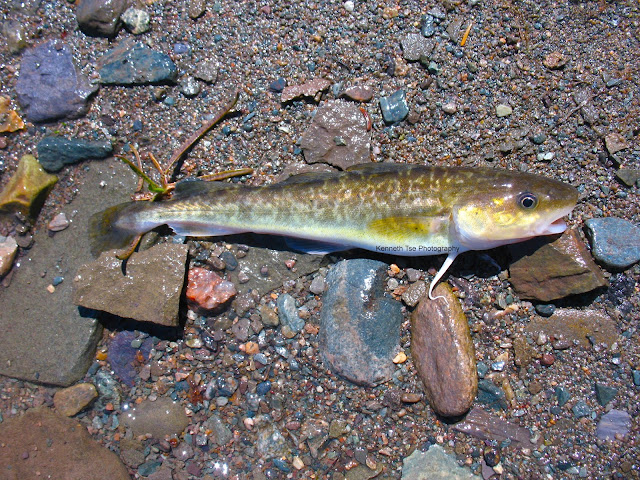
Longhorn Sculpin (Myoxocephalus octodecemspinosus) - Species #470 (Nova Scotia)